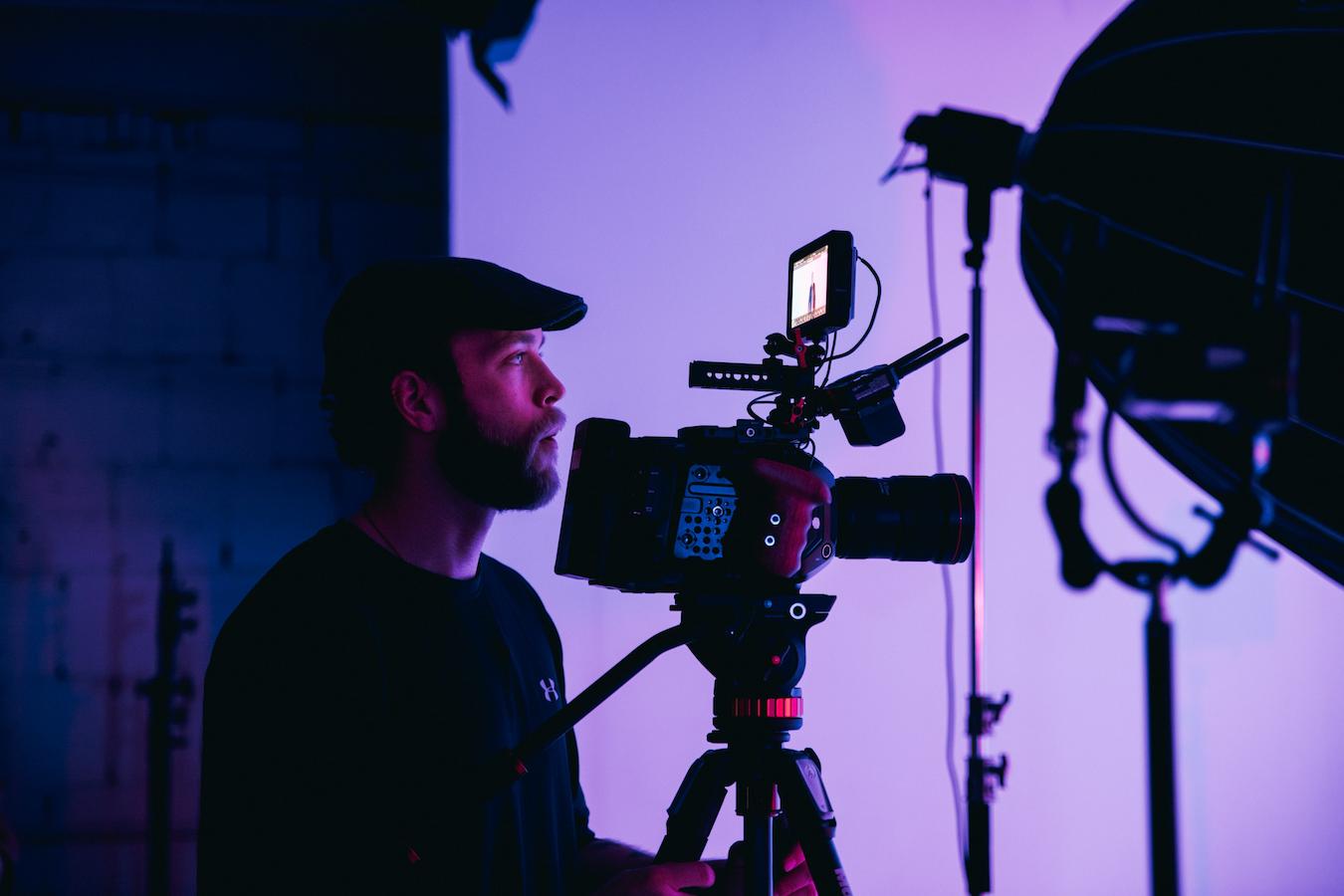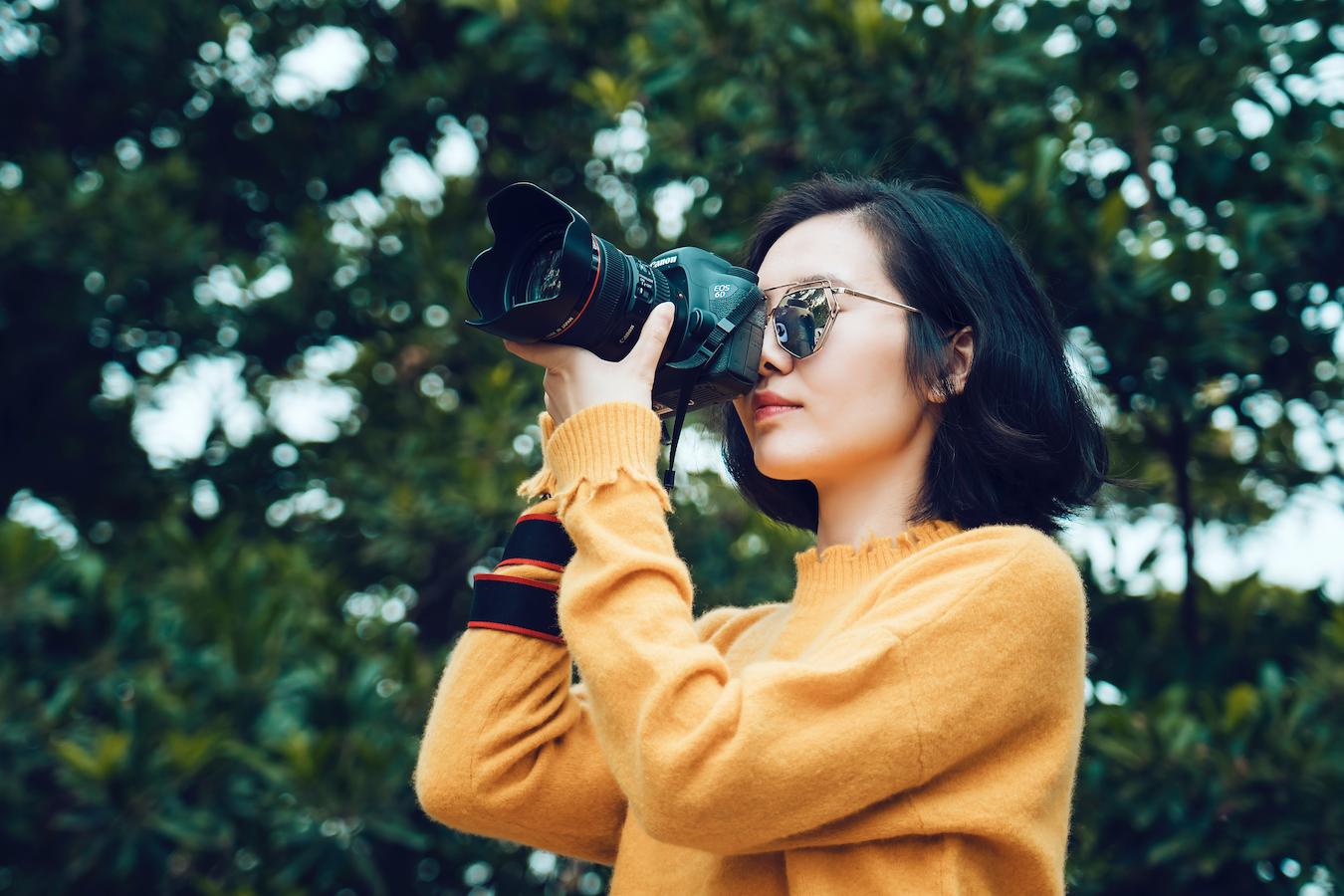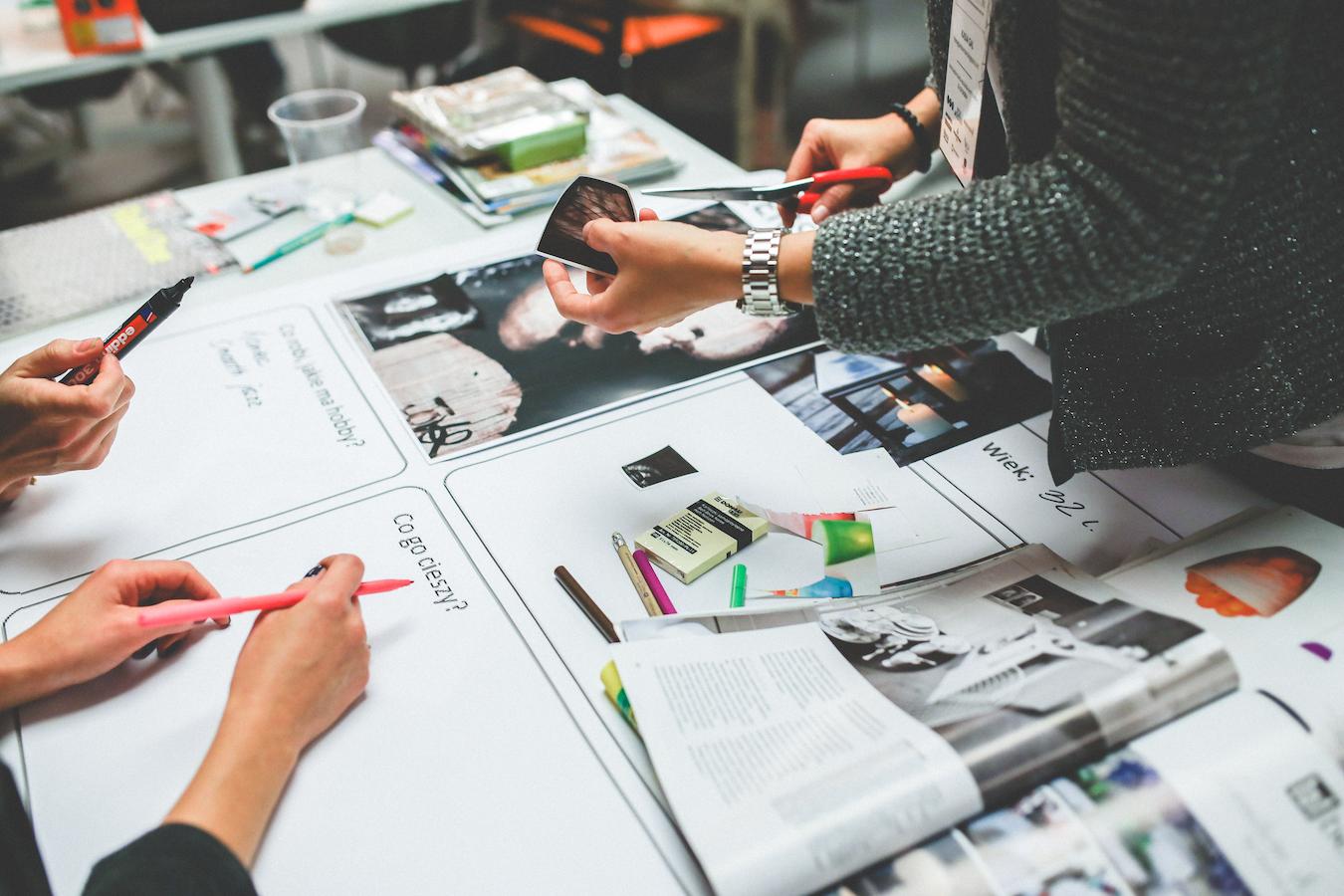Be honest. You’ve gasped at the sight of a set designer’s work in film.
It’s just natural. Whether it’s the set construction or the imagination behind it, there’s something rare and unique to behold.
But that’s only the finished product you’re seeing. Not the process through which the visual elements all came together.
So, care to learn how the production process goes? (We know you want to.)
See Related: What Does An Event Manager Do?
What is a film set?
A simple definition of a film set is the enclosed space in which a film scene is shot. But that’s hardly the full picture.
Not only are set designers a part of the set design and set creation. But creating sets wouldn’t be possible without the help of set decorators, an art director, special effects, other crew members, and more.
It seems like a slap in the face to call the set of Space Odyssey simply an enclosure. It’s an entirely different world.
How production design enhances a film
So what exactly does production design do? Other than make you drool at the sight of such luscious scenery and lighting?
It brings the director’s vision to life
A movie can start out with a couple of ideas. Maybe even a setting, some props, or even actors in mind.
But all of those elements need a place to land. And that’s where production design comes in.
It creates a believable world
For larger sets, set designers have the opportunity to literally carve out and design an entire world. Who wouldn’t love that opportunity?

Not only does this help the actors play on stage. It helps the audience become more immersed in the world created.
It informs each character
Characters will each have a different relationship to their surroundings. And set design can reveal certain characteristics that may not be said out loud in the script.
If you’re feeling blue, you might feel like blue is all around you. Well, a set designer can do that.
It gives the space an overall look
There’s no question that every movie has a particular look. From scene to scene, designers offer stylistic choices.
And this makes the movie or TV show all the more memorable. Like a visual feast for the eyes.
Who are production designers?
Production designers oversee all visual elements of a movie or television show. They work closely with not only the director.
But with location scouts, art directors, set designers, and more. But wait, what’s the difference between a production designer and an art director?
Production designers vs. art directors
Depending on the project, an art director and a production designer could be the same person. But art directors typically work under a production designer.
Similarities
A production designer and art director are both focused on the visual representation of the story. But the production designer is more often than not the one calling all the shots.
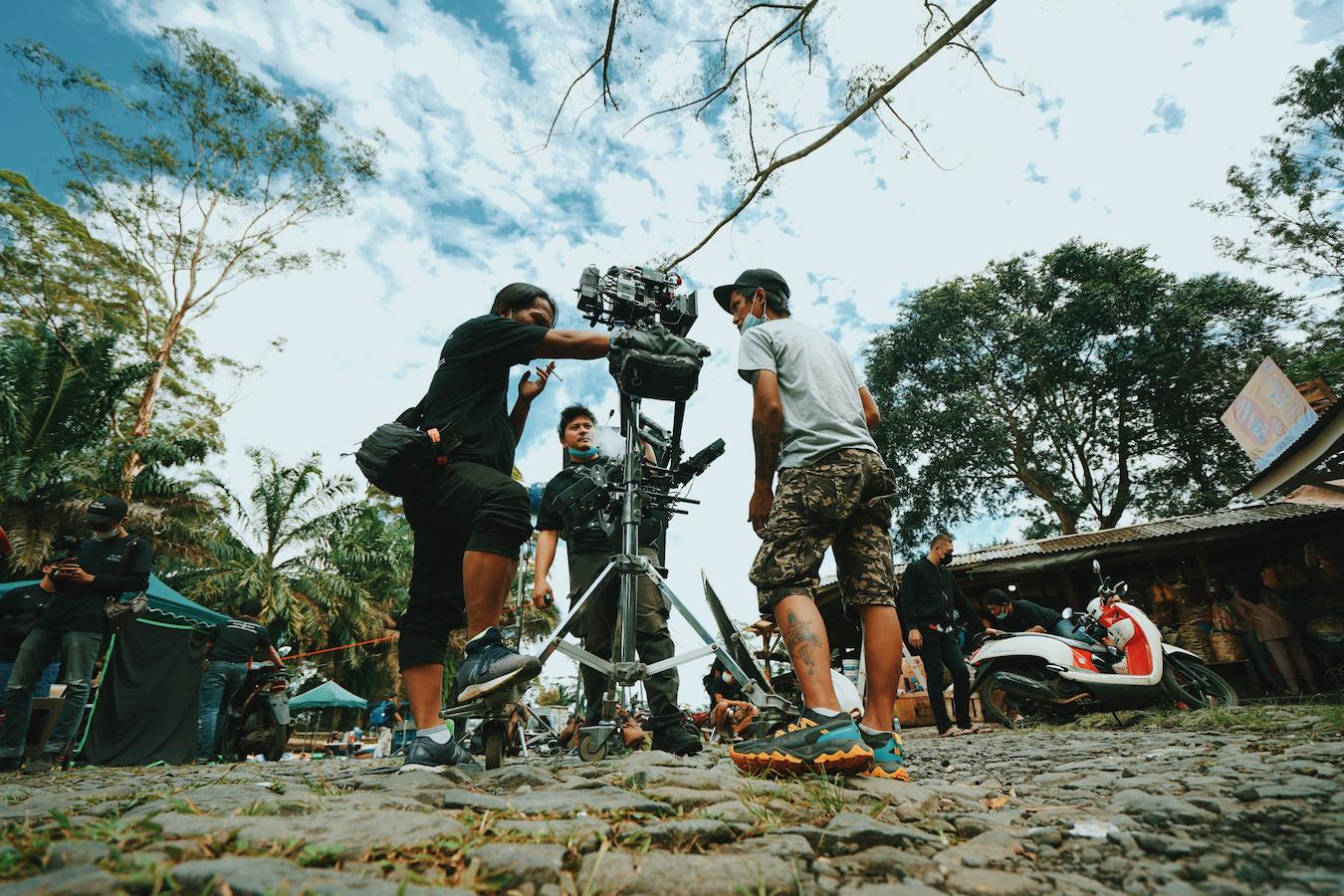
Differences
An art director tends to work more with the film and production crew. And they may be the point person between props, other set designers, the production designer, and more.
Bonus: How To Live Stream An Event
Skills every set designer needs
Production design isn’t just about creativity. It’s about gaining experience after the fact.
Management skills
Production design includes a lot of moving elements around the production studios. So a set designer needs to know how to manage relationships between props masters, production crew, and more.
Stage design skills
Obviously a set designer needs to be able to design a set. But this also means being able to create work in InDesign, Photoshop, and AutoCAD.
Ability to work with the production design team
There are a lot of people involved in creating a movie set. So any solid set designer needs to know how to work with their production team from pre-production all the way through.
Ability to multitask
Creating a world means lots of multitasking. From picking out props, to location scouting, to working with sound, and more.
A sense of style
“If you’ve seen one, you’ve seen them all” is not a phrase that should be applied to production design. Each set designer should have a unique vision that they can create amongst them and their production team.
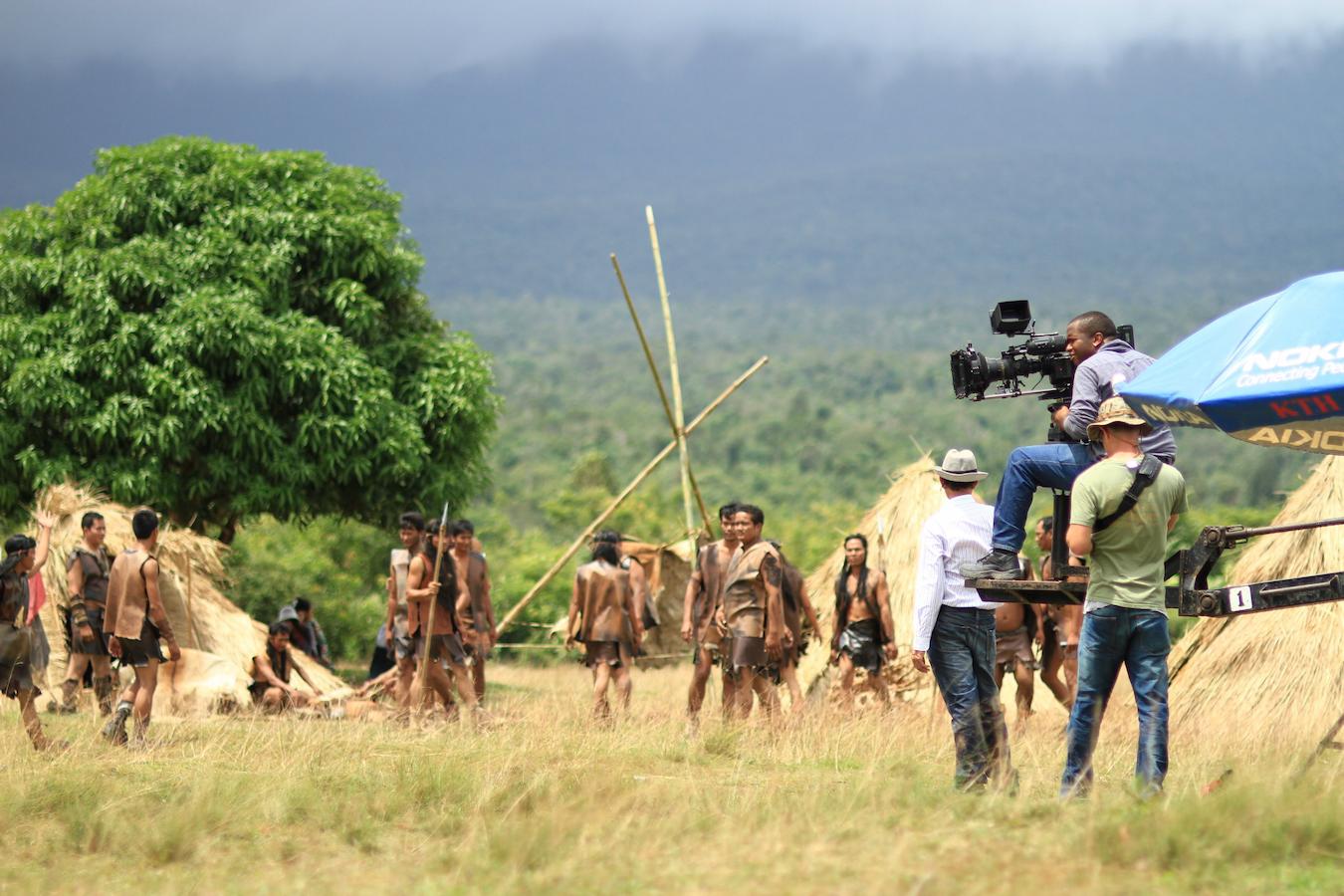
How are film sets made?
There’s obviously a lot of elements involved when it comes to creating films. But hopefully this will give you a better idea of how films and their sets are made.
#1. Script read
Set design always starts with the script at the beginning of production. Decisions on what to create and how begin here.
#2. Design drawings
Next, a designer will bring in sketches of set design ideas for other production members to peruse. This is the first step of seeing the production of films and television come to life.
#3. Budgeting
The size of the budget will create very real opportunities or obstacles for any film. So depending on whether a film has unlimited access to everything or little access to anything, a film set may be more minimal or extravagant.
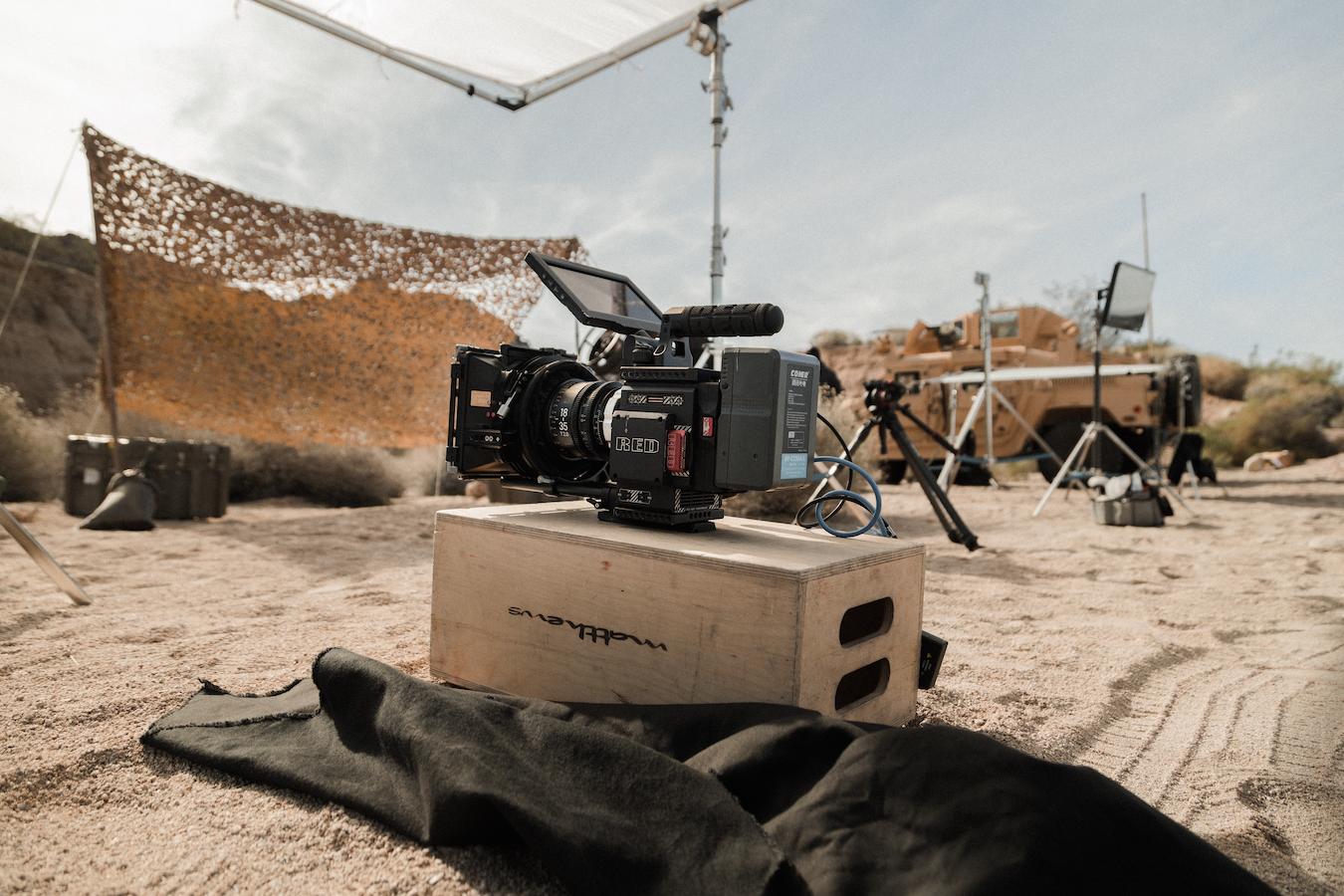
#4. Location scouting
Unless you’re working on a sound stage, a location scout will go out to find other film spots that match the design. Production designers may also accompany on these outings as well.
#5. Final storyboard
The film needs a definitive visual plan for every scene. And the final storyboard offers this guide.
#6. Time to shoot!
Now that a plan has been set, it’s time to film! Getting on set, in an event space rental, or on location is when the film can really start to get to work.
Ready for the finished product
Every film ought to be a feast for the eyes. So if you’re interested in getting into film or set design, use every film you watch as an example of how to make those visions come to life.
Film offers us a chance to escape into an entirely new world. Or envision an environment that’s strikingly similar to our own.
Either way, set design in film is one of the most imaginative ways to create worlds and share them with others. So what are you waiting for?
Keep Reading: How To Become A Cinematographer
–
Mack Sennett Studios is a historic full-service photography studio, production sound stage, and private event space in Silver Lake, serving as creative home to the Los Angeles cultural renaissance for the last 100 years. Check us out on Facebook, Twitter, Vimeo, Pinterest, Yelp and Instagram.

